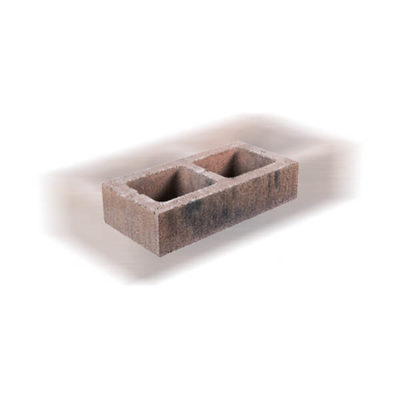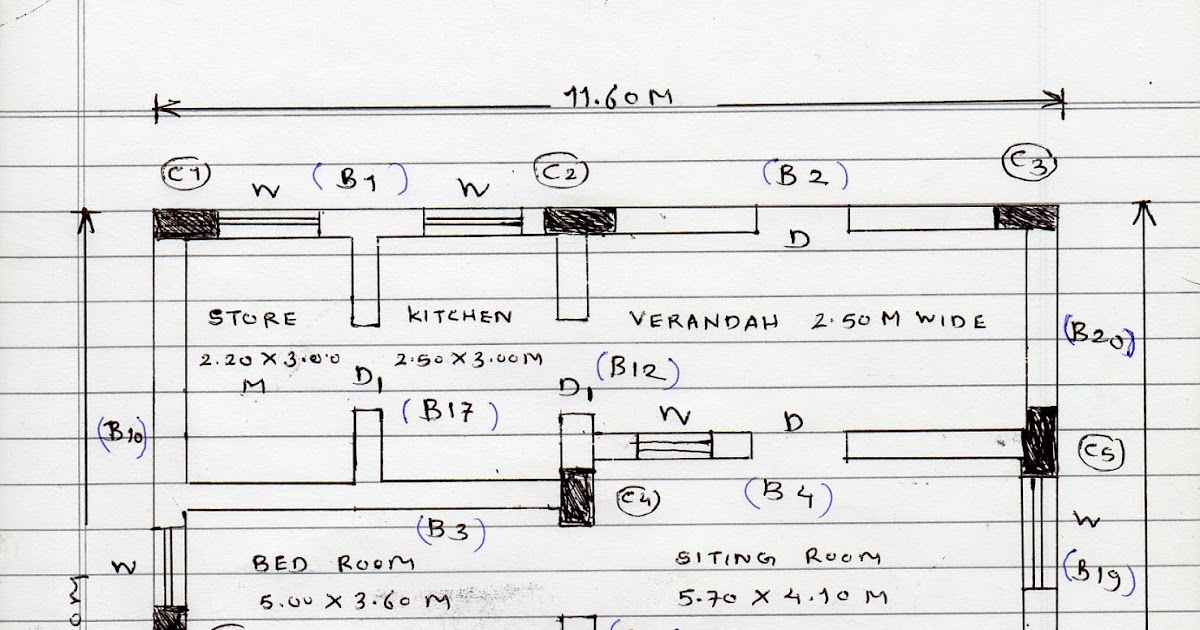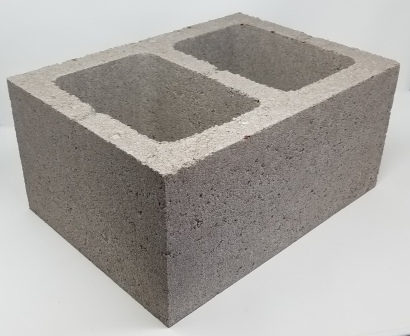

While water makes the mortar susceptible to wearing down and becoming unstable, there are corrective measures that can be taken to reduce these risks. Larger blocks allow for the bricks to be laid faster and at a lesser expense. When opting for a CMU wall versus other methods, keep in mind that CMUs are much larger in size than traditional bricks. Multiple other uses for CMUs exist, including: Mortar is also susceptible to water and weather wear which really demands additional support to be constructed properly.

Air and moisture barriers may need to be added, and if not reinforced properly, the wall can be weak.

Steel rebar can also be inserted to provide additional strength.Mortar can be poured inside of the blocks to add to their strength and durability.Running bond patterns may be used, and to increase the strength and durability of the block, steel bars may be placed inside of the blocks.Ī few of the benefits to creating a CMU foundation wall are: If higher weight loads are needed, the blocks may be thicker to support these walls. Foundation Wallsīuilding weight load will dictate the size of the CMU blocks used in a foundation, but they’re generally 16” long with a width of 8” to 10”. Uses for CMU BlocksĬMU construction has its perks and drawbacks depending on the type of walls that need to be erected. So, all cinder blocks are CMUs, but not all CMUs are cinder blocks. When a CMU uses cinders as an aggregate material, the blocks are called cinder blocks. The actual sizes are 3/8” less than the nominal dimensions to allow for mortar joints between the blocks.Ĭinder Block vs CMU: What’s the Difference?Īre cinder blocks and CMUs the same thing? Yes, and no. It’s important to keep in mind that the sizes listed above are the nominal sizes – not the actual sizes. Some manufacturers may have their own unique size options that are not listed above.
#Concrete masonry unit calculator full#
Full blocks are 16” long, and half-blocks are just 8” long. Here’s a rundown of the nominal dimensions for each standard size (listed as D x H x L):Īs you can see, the only measurements that change are the depths and lengths. Each of these standard sizes come in full block and half-block sizes. Common CMU Block SizesĬMU blocks come in a wide range of sizes, but the standard depth sizes are 4”, 6”, 8”, 10” and 12”. Some manufacturers may offer different styles. These are some of the most common styles of CMU blocks used in construction.


 0 kommentar(er)
0 kommentar(er)
